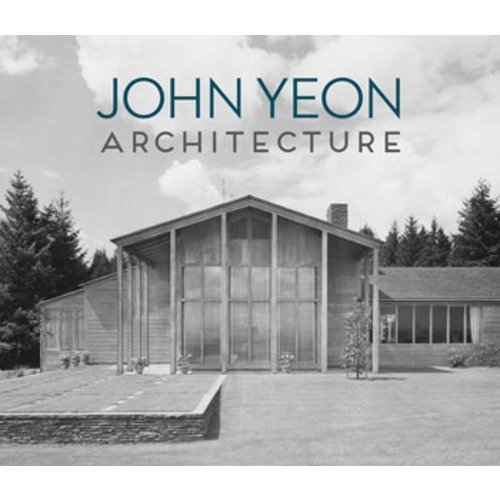Newton, Massachusetts
The simplicity of the “swamp hut” belies its multifaceted origins. Conceived in 1990 by Keith Moskow, AIA, of Moskow Linn Architects, the initial version consisted of a prefabricated prairie cottage planned to be built in a wheat field in Kansas for his in-laws. Inspired by the natural surroundings as well as a boat trip taken with the same in-laws, the house, Moskow says, was “designed to float lightly upon the land, the structure — elevated on 4-by-4 inch posts — would be moored in the stubble of an empty wheat field.” But the project was never built.
Swamp Hut
In 1997, Robert Linn joined Moskow’s Boston firm as a business partner, and together the young designers reimagined the house. “Because it was conceived as a kit of parts, it could be assembled in a number of configurations to fit differing sites and programs,” says Linn. They developed a prototype for an Architecture for Humanity competition for transitional housing in Kosovo made of Red Cross supply crates; then they created a concept for ecoresort housing to be built on the coast of Peru. The architects, anxious after years to finally make the house a reality, put an ad in the local paper on Martha’s Vineyard to attract a buyer for a “think house.” Alas, with no identifiable client, Moskow and Linn decided to build the project for themselves and their families and friends on a tiny piece of land, the only legally buildable portion of a 10-acre parcel of wetlands in Newton, Massachusetts. It had been handed down to Moskow’s siblings by his grandparents, who had farmed the land in the 1940s.
Completed in the summer of 2008 for $22,500, the hut consists of four A-frame, 8-by-12-foot structures. The complex took three months to build and is fully off the grid, used mostly as a warm-weather hideaway for the architects’ families and friends. The four buildings are clustered around a central outdoor deck with a fireplace. The dining hut occupies the south side of the deck to take advantage of views of the woods and the pathway of the sun, since its plywood A-frame roof has no walls and is open to the sky. The so-called “cleansing” hut contains a pantry, storage, and composting toilet. It is situated on the north side of the deck, and is covered with an aluminum roof. The two sleeping huts on the east and west sides of the deck are sheathed in translucent fiberglass.
Though conceived to be flat-packed and loaded onto a truck for delivery, Swamp Hut’s remote location didn’t allow vehicular access, so the architects used off-the-shelf plywood for construction. With some help from a carpenter friend, they built most of the project, carrying all the materials by hand from the street onto the site. They used the scrap wood from construction for the dining table, benches, and shelves, with the leftover wood used for the fire. Additional rudimentary furnishings consist of four cots in the sleeping huts and four chairs placed around the campfire. The architects, who also cleared the tangled site themselves and dug the foundations with shovels, considered the adventure similar to Thoreau’s on Walden Pond. That said, “Walden Pond is considerably nicer than our swamp,” kidded Moskow.
While the rooftops of nearby houses can be viewed in winter through the dense brush at the urban retreat, the site remains ostensibly private, framed in hemlock, beech, and cedar trees with tangled wisteria vines shrouding the assemblage in the summer. Abundant wildlife takes refuge in the woods here, including deer, woodchuck, and numerous species of birds.
Since the parcel is surrounded by development — Newton South High School borders it on two sides, with suburban houses on the other two — the privacy and charm of the project is unexpected. Every time the architects go to the camplike setting, they are able to summon up their childhood memories in this enclave while roasting marshmallows around the open fire.
Originally published in our April 2009 issue.









